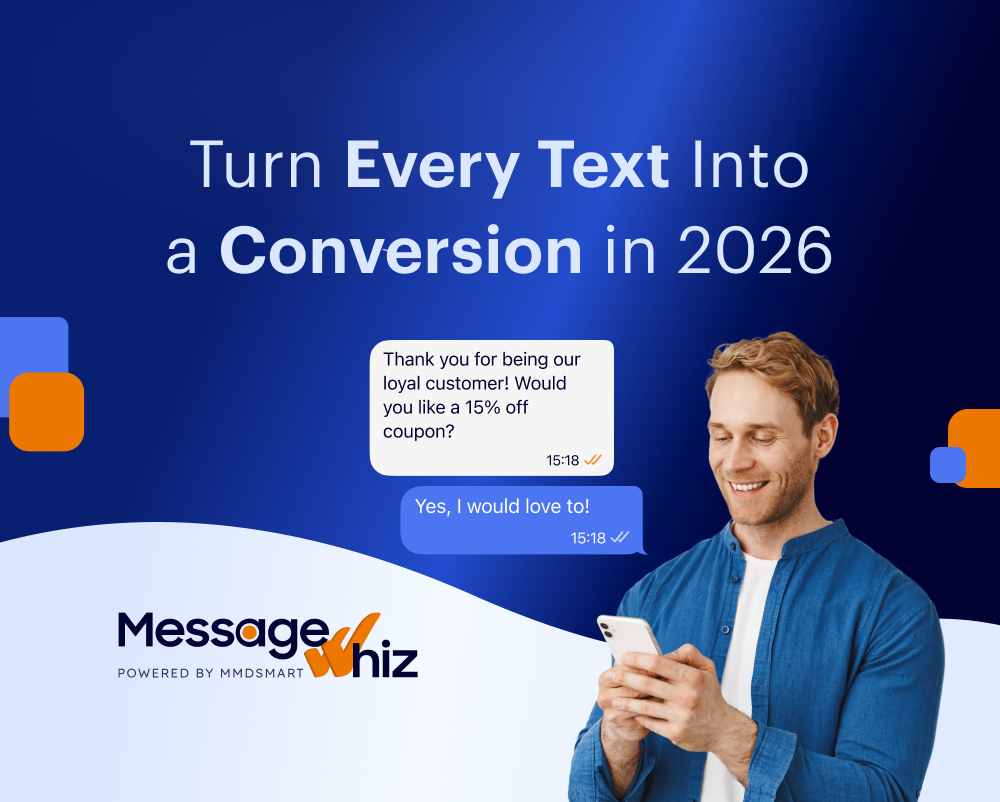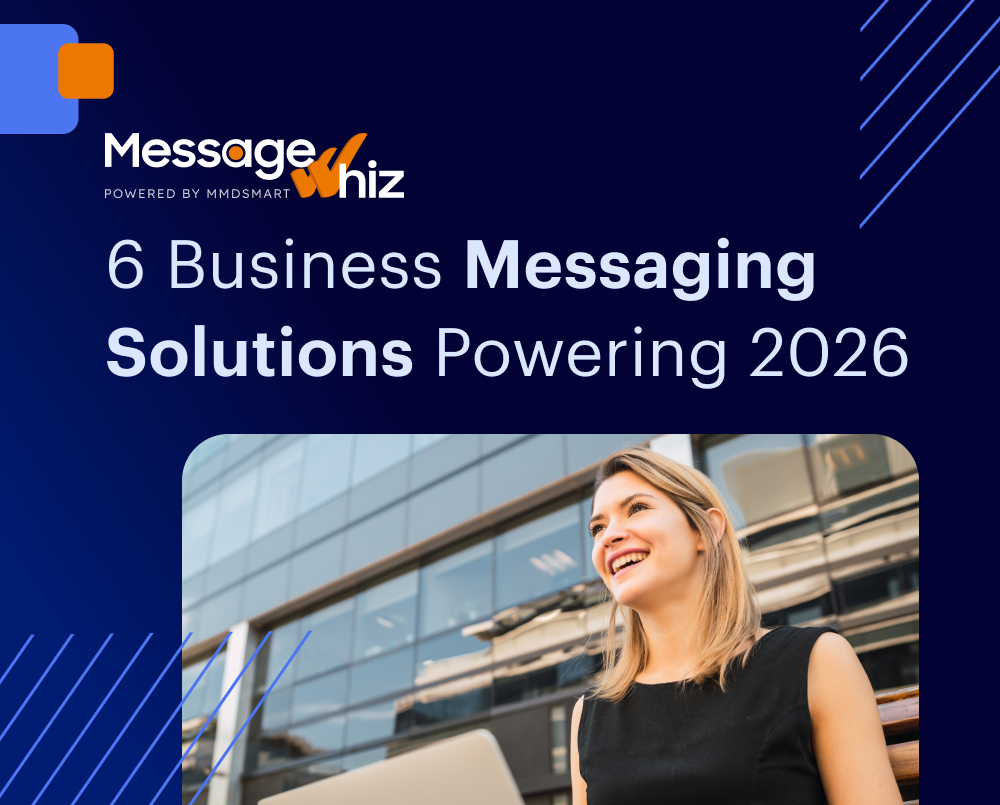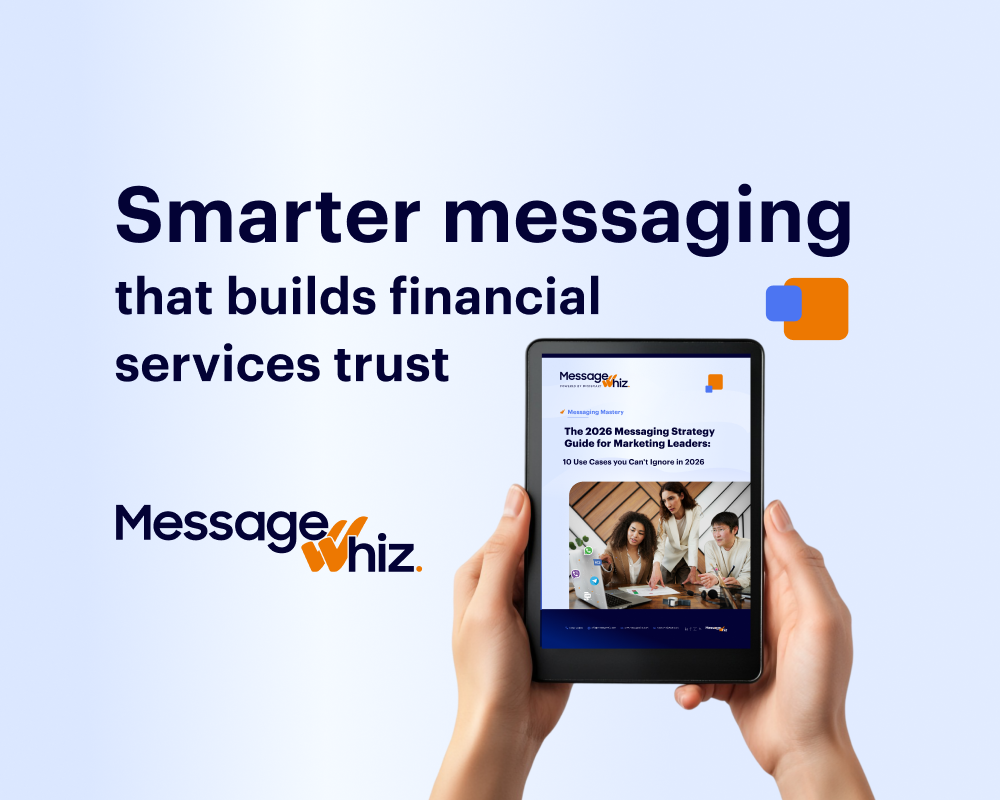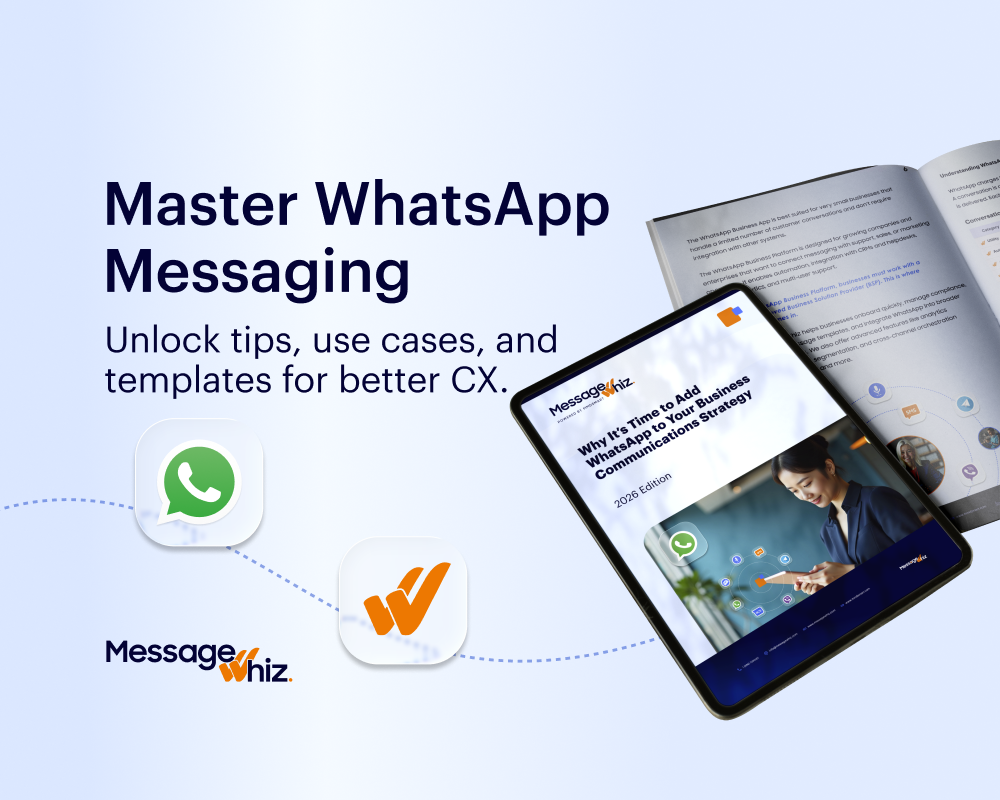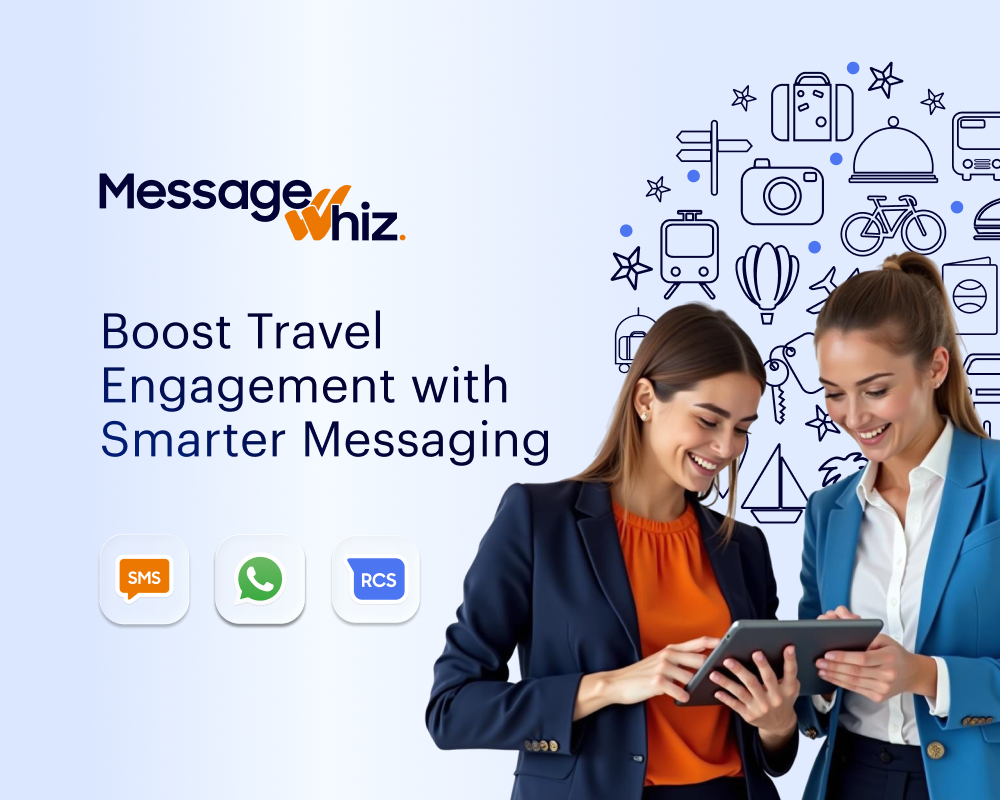SMS has been around for over 30 years, but it has taken a while for widespread enterprise adoption. SMS’ role in 2-factor authentication, however, has shown marketers the power and ubiquity of SMS, and they have been deploying SMS into their marketing campaigns in record numbers.
SMS can be used in a number of different ways. Retailers may use it to promote sales or events, remind shoppers of abandoned carts, or to build brand loyalty. B2B companies, on the other hand, use it to maintain relationships with leads, develop lead-gen activities, and schedule meetings.
Nearly every industry can find a use for SMS, from appointment reminders to answering customer questions, or letting them know that the item they want is in stock. For some companies, SMS is sent in bulk to large lists, while other businesses send out targeted messages to audiences as small as one. It has the flexibility to make big announcements or gently move a lead down the funnel.
Why SMS?
There are a few reasons why businesses are turning to SMS:
- Over 90% of SMS messages are read within 3 minutes
- SMS is ubiquitous, as it’s on nearly every phone
- Consumers prefer SMS to email
- SMS allows marketers to create highly targeted recipient lists or send bulk messages
- Marketers can create triggers to automate SMS campaigns
- SMS enables 2-way conversations between brands and customers
Getting Started with SMS
Your distribution list is the starting point for any successful SMS campaign. SMS is a permission-based medium, meaning you need to have your recipients opt in. You can incentivize people with gift cards, add mobile numbers to your online forms, create contests where consumers text a shortcode to your number, or ask for numbers at events.
Once you have the list, upload the consumer information into your CRM system or other customer management software, so you can track your engagements and optimize your messaging.
Create Autoresponders
As you’re building your list, send out automated messages to recipients to confirm their subscription. Doing this effectively usually includes delivering value to your customers. This can be in the form of a special offer or coupon code, or an insider white paper that isn’t available to the general public.
The autoresponder should let your subscribers know how frequently you are planning on texting them, and should provide opt-out instructions so that they know they can leave whenever they want.
Creating your SMS Campaign
Once your list is in place, it’s time to start your campaign. You want every message you send to deliver something of value to your subscribers. Every worthless message you send will drive consumers to opt-out, while messages that provide them with something will build their affinity toward your brand.
While you will want to do some A/B testing to get your messaging right, there are a few guidelines to follow when creating messages.
- Begin with the offer – You only have 160 characters to get your message across. You’re reaching busy people who are being distracted by other apps and notifications on their phone, so start with something compelling.
- Include a direct call to action – Don’t be shy about what you want your subscribers to do. It lets your recipient know how to take advantage of the offer you’ve presented.
- Create a sense urgency – Let your subscribers know that this offer has an expiration date, and they need to act now if they are going to be able to take advantage.
One important note. If your call-to -action (CTA) involves clicking on a link or seeing content, make sure that the content is appropriate for a mobile device.
Measuring Success
Like other digital marketing channels, SMS is highly trackable. You should be able to see:
- Delivery rate
- Open rate
- Click through rate
- Conversion rate
- Opt-out rate
This data should be studied and used to help guide your future campaigns, helping you optimize your messages to improve results.
Talk to our team of SMS experts to see how we can help you create value and drive more business using text messages
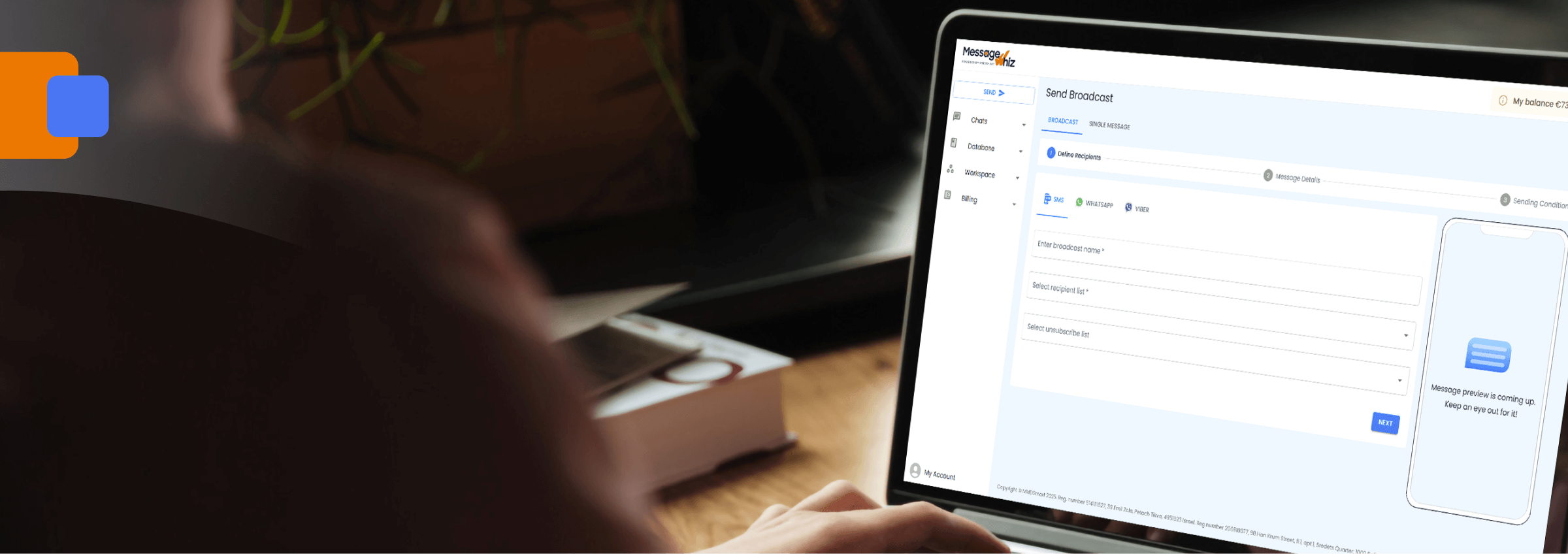

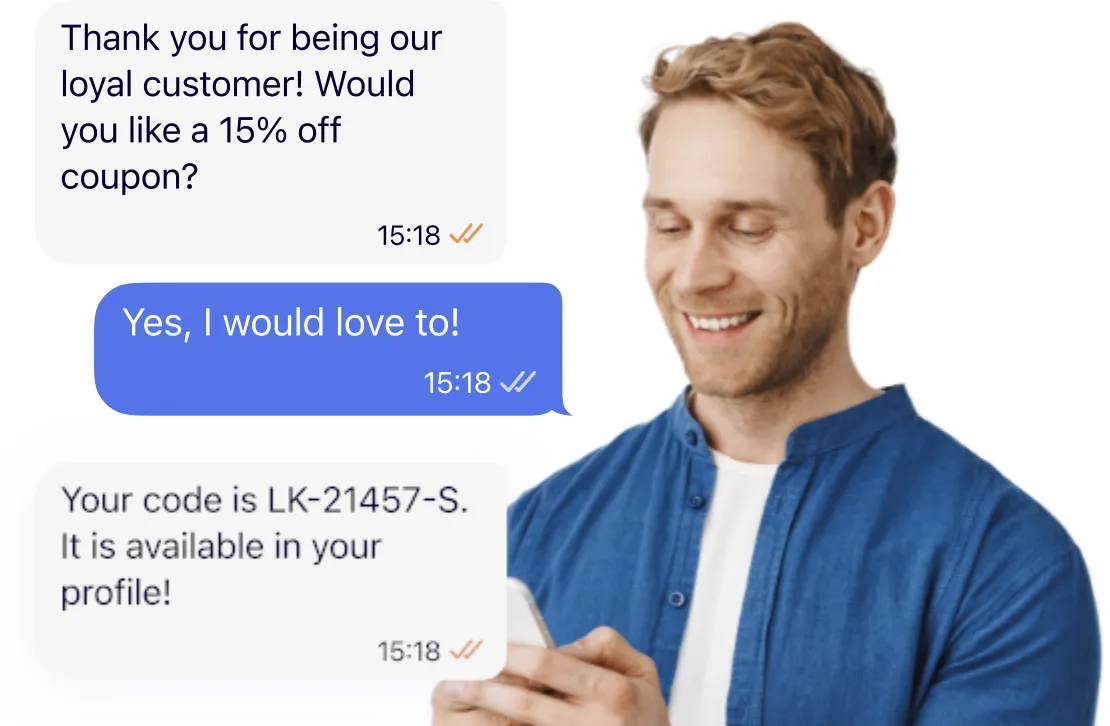
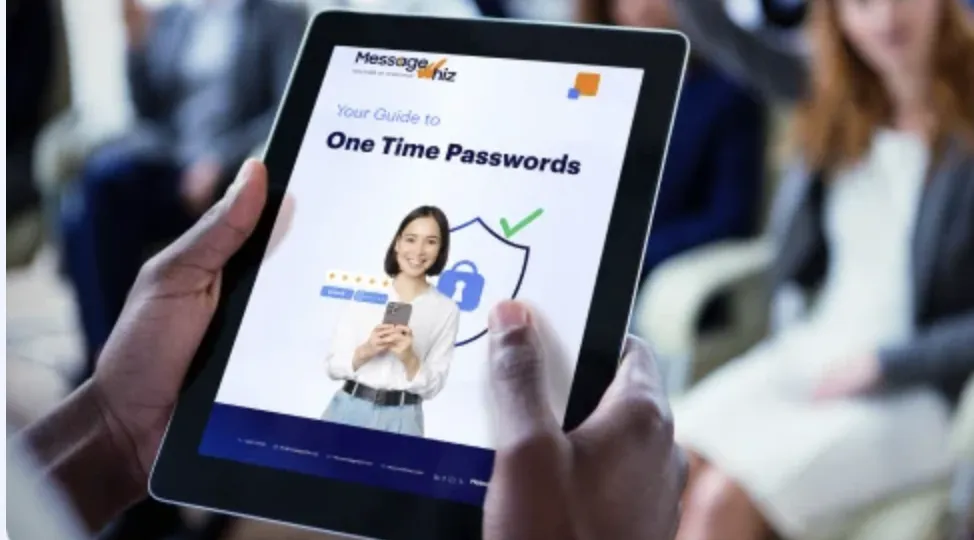
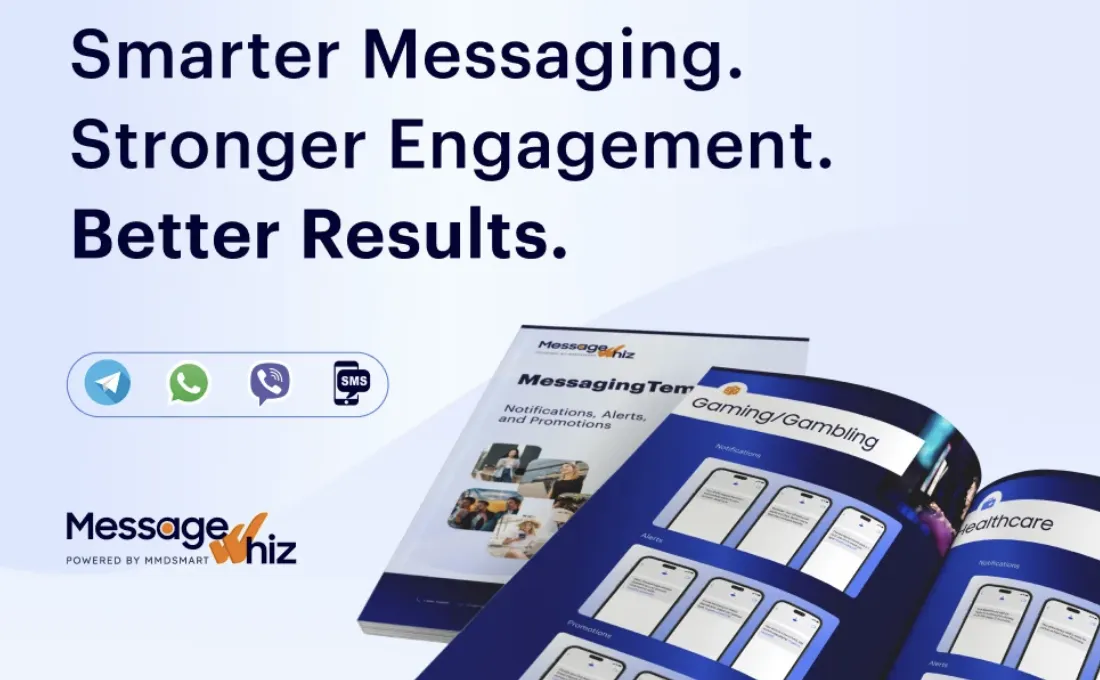
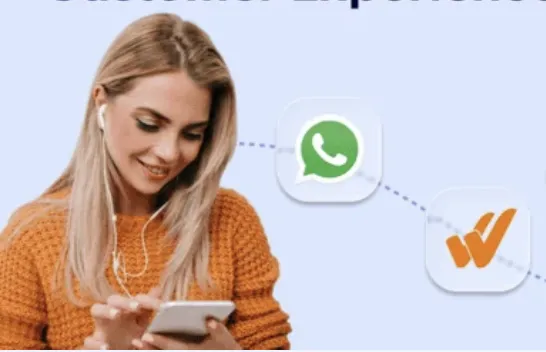
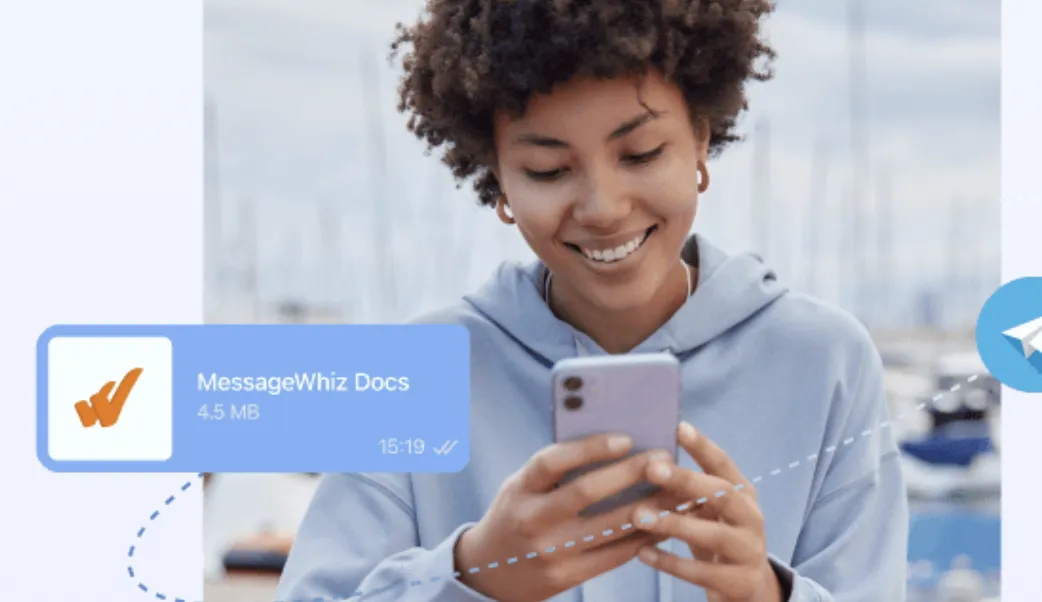
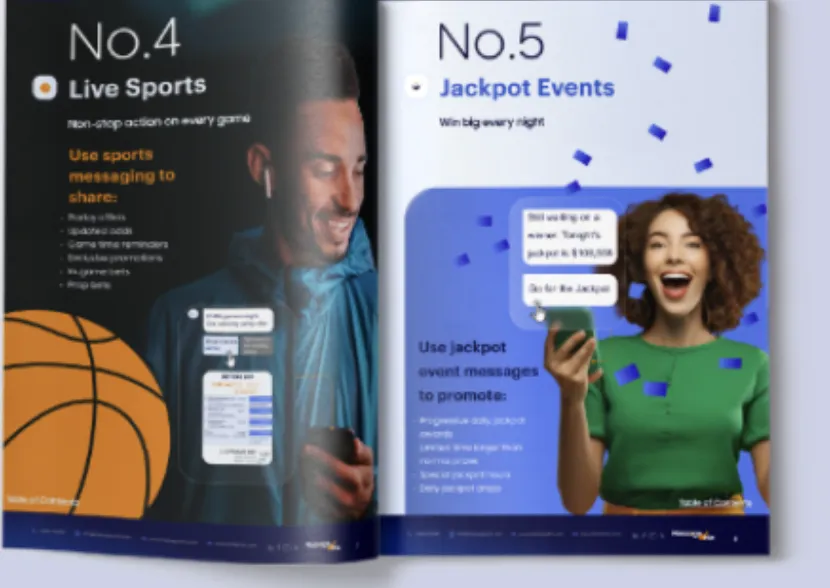

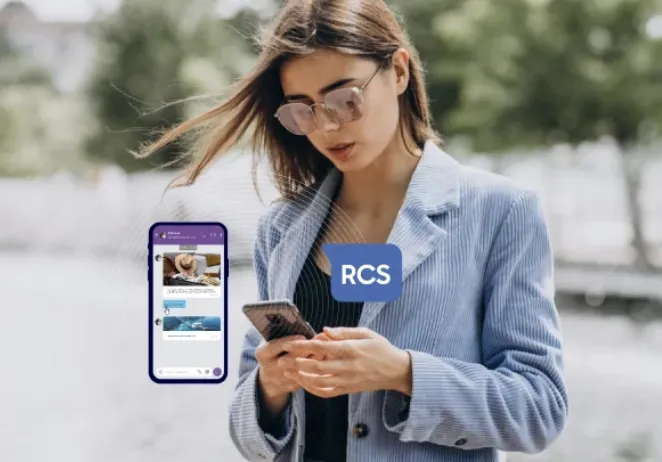
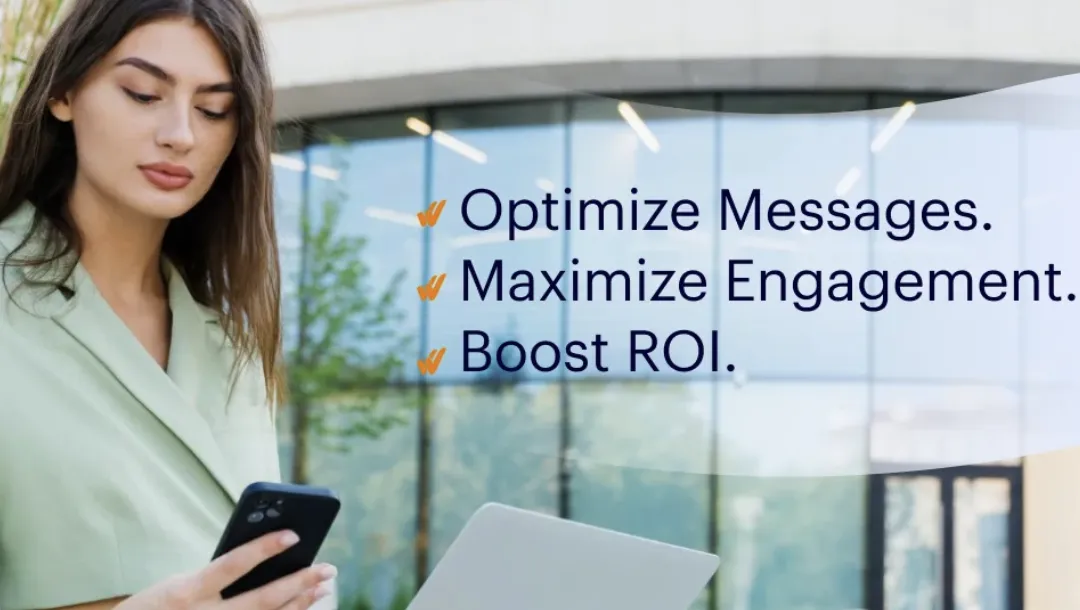






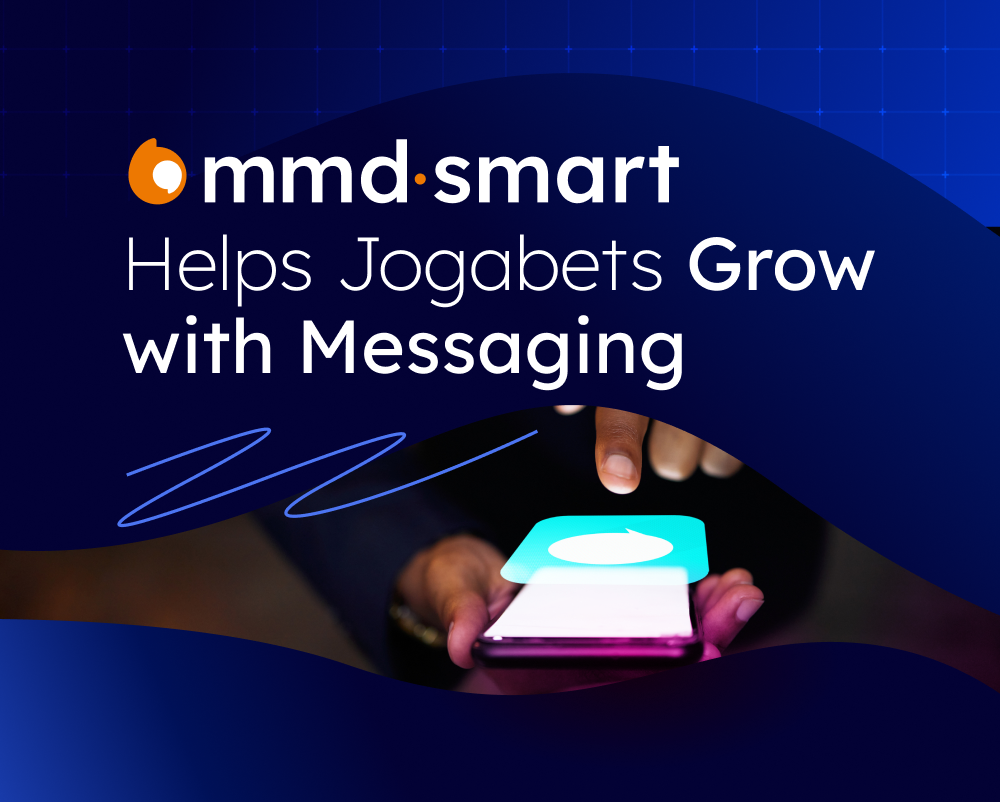



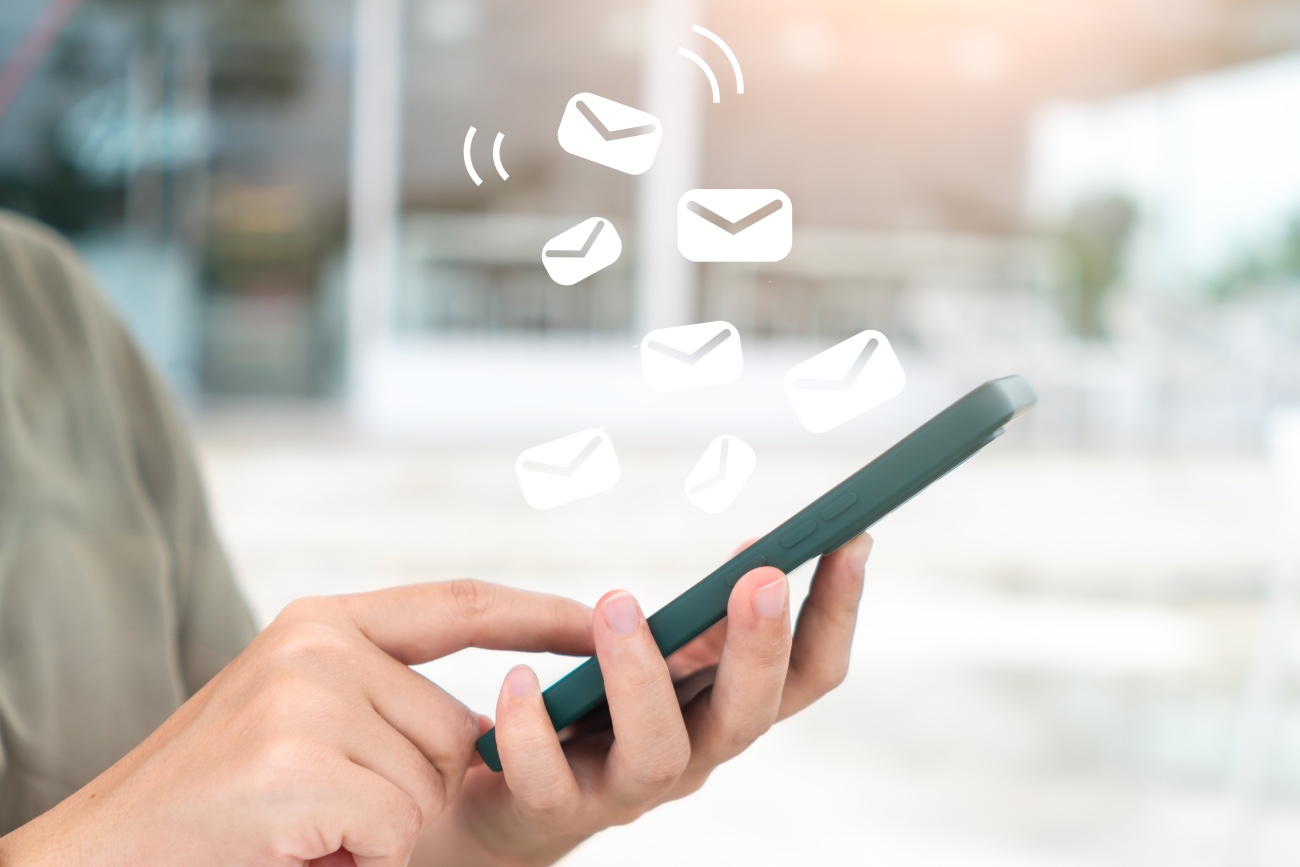
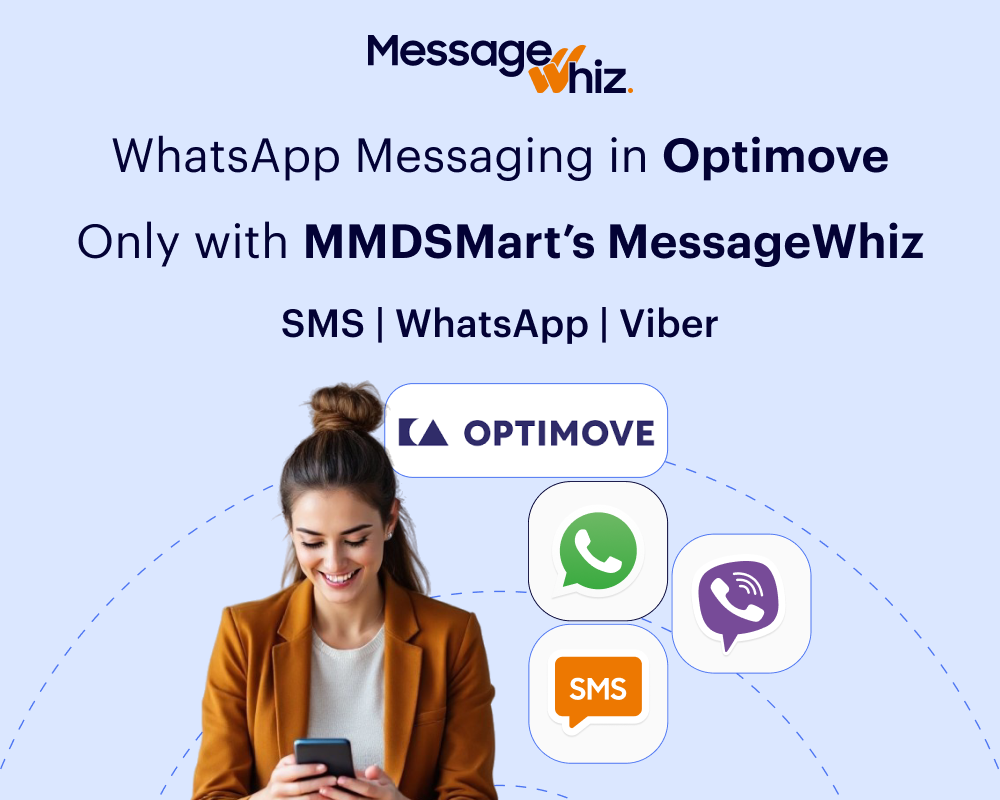
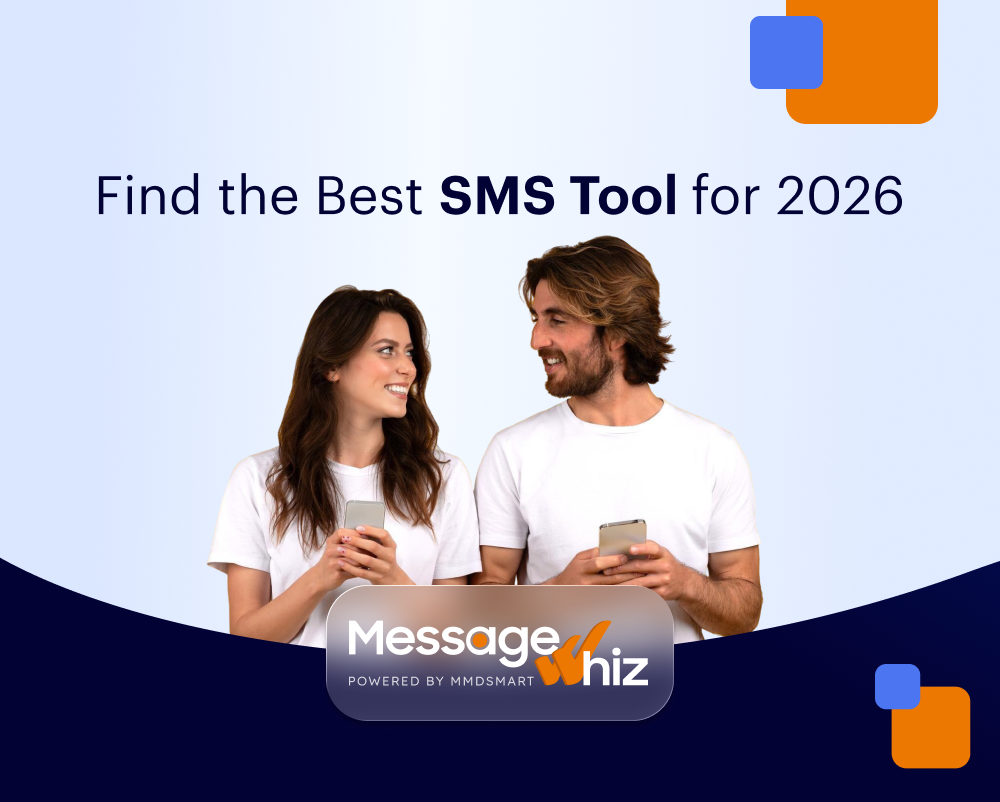
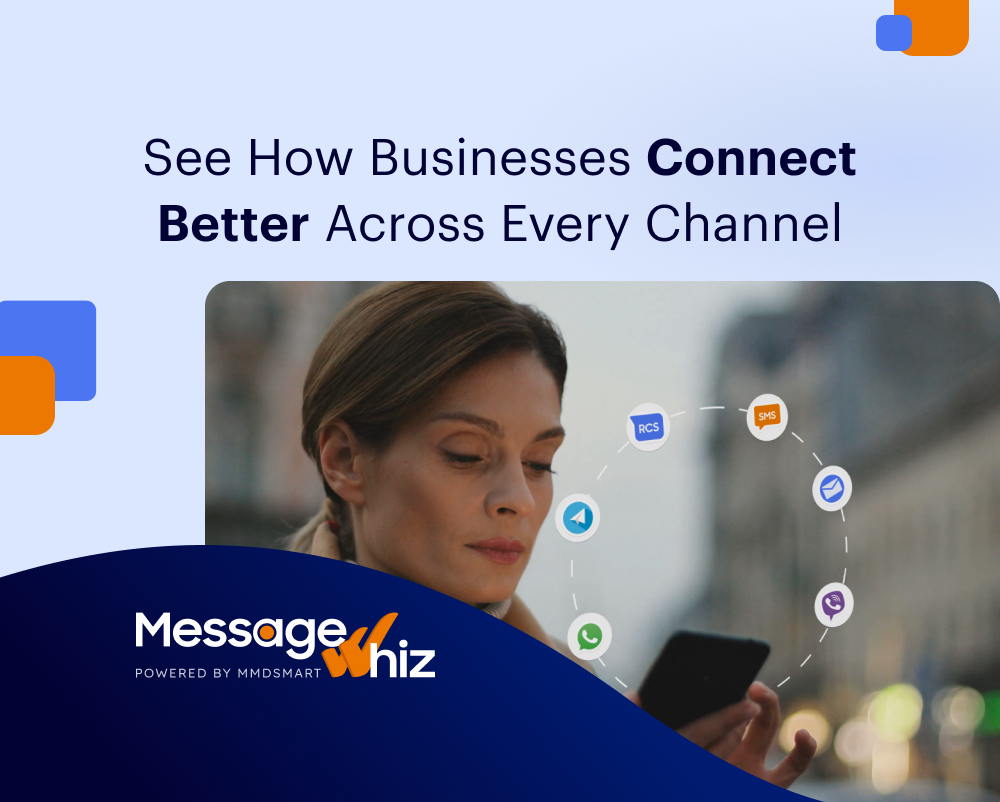
![10 SMS Marketing Services Compared [2026 Guide] | Message Whiz blog image](https://messagewhiz.com/wp-content/uploads/2025/11/smiling-woman-holding-smartphone-remixed-media-2.jpg)
